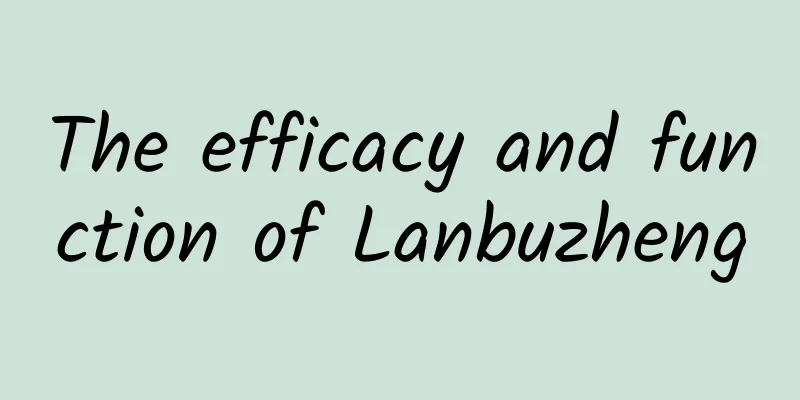I want to travel - the seeds are crazy

|
When you were a kid, did you also dream about traveling around the world? When traveling, you can choose to walk, ride a bike, take a car, take a boat, fly a plane, or even take a spaceship. But how do plants, these comrades who cannot move, realize their wishes? When they are young, that is, when they are still seeds, they also have many ways to travel and then settle down and live. Aeronautical type: This is also the most majestic type. These are seeds that come with parachutes or wings. When the wind comes, they can flutter around. Of course, this is generally only suitable for seeds that are as light as a swallow, such as the familiar dandelion seeds and maple seeds. Dandelion (Photo by Deng Xinhua) Seafaring: These comrades often have a buoyant "swimming ring" outer shell (such as the coconut palm outside the coconut), and once the tide rises, they begin to drift with the current, entertaining themselves, and wait until the tide recedes before they take root. Typical: seeds of coconut, sea mango, barringtonia, etc. The laziest type: Also known as the hitchhiker type or the persistent type, this type of seed is often covered with barbs. When an animal passes by, it attaches itself to the animal until it is discovered and falls off. If you have ever walked in the wild, you must have had this moment of being humiliated and angry, with your favorite sweater or pants covered with these hateful little balls of hair. Representatives include the seeds of Xanthium sibiricum and Bidens pilosa. Xanthium sibiricum (Photo by Ke Xiaoxia) Hyperactive type: Also called the bouncing type, when ripe, the peel splits open and the seeds pop out. As for where they can go, it depends on how far they can jump. For example, many children have played the game of squeezing the seeds of Impatiens. Impatiens (Photo by Deng Xinhua) Involuntarily: These are like people who are transferred to other places on business trips. Some delicious fruits often become delicacies for birds, and their seeds are often excreted with bird droppings. Relying on this primitive accumulation (bird droppings are also fertilizers), they often thrive. For example: seeds of holly and banyan trees. Holly (Photo by Deng Xinhua) The most home-loving type: Like humans, some people never leave home in their entire lives. These seeds that don’t like to travel far often fall directly on their doorsteps after they mature, which is really a good thing. For example, peanuts. Peanuts (Photo by Deng Xinhua) The type that relies on parents for support: Some not only do not like to go out, but also refuse to leave after growing up. They often grow out of leaves or flowers, and rely on the mother plant for support until the leaves become weak and die or the flowers fall off, and then they are finally willing to become independent, such as the "viviparous" phenomenon of mangrove plants and water lilies. The "viviparity" of water lilies |
<<: Can drinking bone soup really supplement calcium?
Recommend
The efficacy and function of variegated leaves
Only when we understand the main ingredients of a...
Do "drugs" that make people dizzy upon smelling them, and "drinks" that make people pass out after just one glass of it really exist?
Expert of this article: Wang Xiaohuan, Doctor of ...
Science illustrations | Tribute to the pioneers of science and technology development in New China
...
The efficacy and function of Achyranthes bidentata stems and leaves
Achyranthes bidentata stems and leaves are a kind...
The efficacy and function of eucalyptus
Eucalyptus truncatum is very familiar to everyone...
A distant relative of Tyrannosaurus Rex? Uncovering the secrets of a new member of the dinosaur family
This fall, a study of Labocania aguillonae , from...
Can eating more vegetables make you fatter? Many people don’t know this and still eat them every day…
Vegetables are an essential food for maintaining ...
What are the effects and functions of Huangzhi?
Huangzhi is a very valuable traditional Chinese m...
The efficacy and function of cyperus rotundus
We are all familiar with the grass. It is not onl...
A herbal remedy for fungus
Bacteria are the smallest but most powerful subst...
Is pelvic floor rehabilitation not necessary for caesarean sections? Is it necessary to eat a lot of meat and fish during confinement? Tips for new mothers
Mother's Day is approaching quietly. For many...
How long does it take to drink burdock tea to lose weight?
Burdock tea has many benefits, but it also has ce...
Four low-Earth orbits are running simultaneously! my country's "precipitation star" has become a regular star!
On May 1, Fengyun-3G, which we often call the &qu...
43 years after the eradication of smallpox, why haven’t we eliminated more infectious diseases?
Smallpox as a highly contagious disease The morta...
The efficacy and function of tangerine peel
Traditional Chinese medicine has always been the ...









